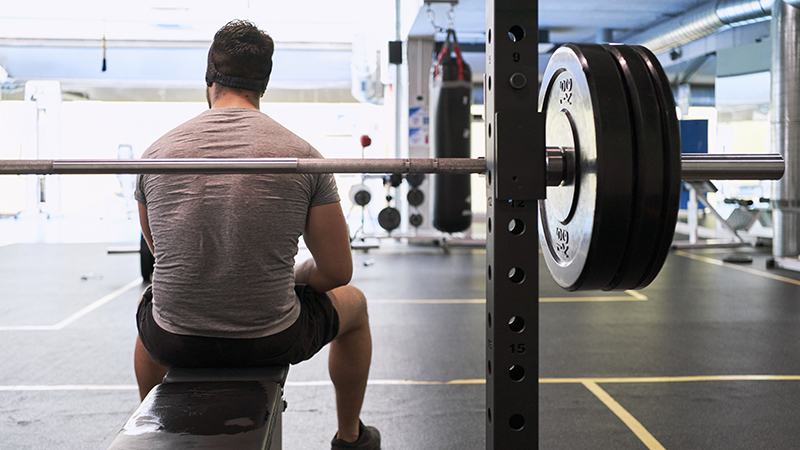How to Stay Active and Injury-Free
An Injury Prevention Prep List
Nothing quite kills the spirit of fitness like an injury. Whether you’re training, conditioning in the off-season, or getting back in shape, an injury can throw off your routine or set you back from reaching your goals. But with proper preparation and clear knowledge, you can stay active and injury-free.
Discover what you need to know to avoid injury when working out.
1. Listen to Your Body
Only you know how your workout feels. Listen to your body and don’t try to exercise through the pain. Pay attention to areas of particular personal risk, such as bad knees or a chronic back problem. Age can influence your risk for injury and you may want to adjust your workout routine for your changing body.
Gender can also contribute to unique responses from your body. Women are at greater risk for injuries from the twist-and-turn motions in skiing, basketball and racquet sports. Men, on the other hand, may risk injury with workouts on multiple planes of motion, such as yoga, stair-stepping machines or cycling.
2. Know Your History
Previous injuries are a good indication of areas to be particularly careful of. Maintain the strengthening exercises from rehabilitation and stay conscientious of your recovery. You may also want to keep in mind strategies that have kept you active and healthy, avoiding habits that are proven to put you at risk.
3. Set Your Pace
“Too much, too soon” is a top cause of athletic injuries. Find the right activity and pace for your fitness level, gradually increasing from there. This goes for the workout itself too: Remember to warm up, start slow and avoid repeating motions too frequently.
4. Define Your Goals
Whether you’re training for a marathon or just getting back into shape, it’s important to establish goals. Defining why you’re visiting the gym or going for a run can help guide your workout plan and may influence technique.
You may want to arrange a lesson with a professional to kick off your training. A personal trainer can advise you on safety tips suited to your fitness level and, if you’re starting a new activity, ensure you’re practicing proper form. Trainers can also help you develop a program with the appropriate progression of exercises, weights and rest periods for your personal goals – whether fitness, muscle-building or weight loss. They can also advise on the best workouts for your body type, which may further reduce the risk of injury.
5. Tailor Prevention to Your Workout
Different activities can put you at different risks for injury. Jogging may cause knee and foot problems, which you can avoid by wearing supportive shoes and icing your knees. A circuit-training workout may result in shoulder damage, preventable when you rest and listen to your body.
Talk to a sports medicine physician or personal trainer about injury prevention for your favorite workout.
6. Find Alternatives
No matter your workout of choice, it’s essential to mix it up from time to time. Cross-training can improve your overall performance while making sure that all muscle groups get a workout. Varying exercises can help you avoid overuse injuries and keep your workouts interesting and diverse for you too!
7. Learn Your Stretches
You’ll want to know the right stretches to do before and after your workouts, and they will probably be different. Static exercises like planks, leg lifts and squats are valuable as independent exercises that can keep your body in injury prevention mode full-time.





